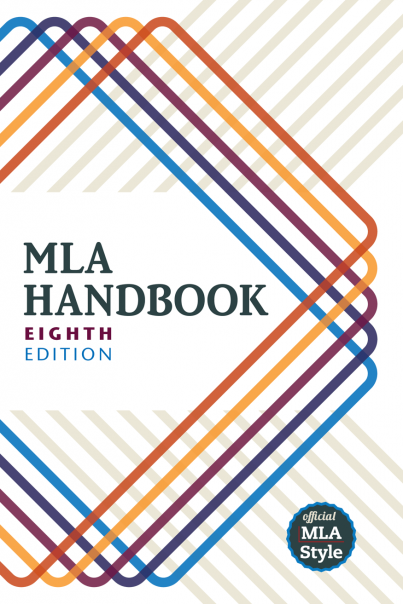-
3-minute read
-
16th November 2018
Missing Information in MLA Referencing
There are few things more frustrating when writing a college paper than finding a great source, but then being unable to find the publication details. Don’t worry, though! You can still cite a source with missing information. In this post, for example, we will look how to handle missing information in MLA citations and the Works Cited list.
Sources Without a Named Author
When a source has no named author, you can use the source title in citations instead. For example, to cite an article with no named author, we might write:
Many predicted that 2012 would be the end of the world, but this proved premature (“Apocalypses Through History” 12).
Here, for example, the citation is for page 12 of an article called “Apocalypses Through History.” If the source title is too long, moreover, you can shorten it to fit in citations. The same rule applies in the Works Cited list, so use the source title in the first position there if no author is named.
However, make sure to check carefully for an author. Typically, there will at least be a corporate author to cite. This will be the organization responsible for producing the source you are citing.
In-Text Citations Without Page Numbers
Some sources have no page numbers to cite (e.g., websites and ebooks). When this happens, MLA recommends using paragraph or line numbers instead if these are available:
Page numbers are a thing of the past (Smith par. 12).
This citation, for instance, would point to paragraph 12 in a source. However, if the source does not include its own paragraph or line numbers, simply leave this information out of citations.
Find this useful?
Subscribe to our newsletter and get writing tips from our editors straight to your inbox.
Subscribe to Beyond the Margins and get your monthly fix of editorial strategy, workflow tips, and real-world examples from content leaders.
Other Missing Information in the Works Cited List
Finally, we have the Works Cited list. This is where you give full source information. If you cannot find certain details, however, you will need to adapt your reference accordingly.

The MLA Handbook does not have strict guidelines about how to handle missing information in the Works Cited list other than using the title when there is no named author (see above).
Generally, then, if you cannot find a piece of information within a source (e.g., place of publication or publication date), you can skip this and move on to the next detail. However, the MLA Handbook does say you can include source information from an external source such as a database or publisher’s website. To do this, simply place the information in question in square brackets.
Your teacher or supervisor may also have preferences about how to approach missing information in MLA style references. For example, some suggest using “n.d.” to indicate a missing date of publication, so remember to check your style guide if you have one available.
Summary: Missing Information in MLA Referencing
If you cannot find information about a source you have cited, MLA recommends the following:
- When a source has no named author or suitable organizational author, use the title instead. This applies to both citations and the Works Cited list.
- When a source has no page numbers, leave these out of citations. You can use paragraph or line numbers if these are included in the source itself.
- For other missing information in the Works Cited list, if it is available from a third party, include it in square brackets. If not, skip the detail in question.
And if you want help checking yours referencing, get in touch with Proofed.




